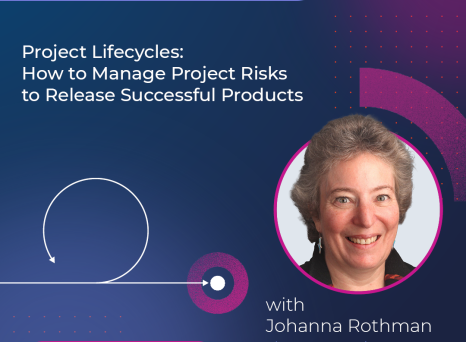The Golden gate bridge in San Francisco is a great project. Being built in difficult times during the great depression from 1933 to 1937, it is also testament to American ingenuity and resilience.
Initially, the Golden gate bridge was built to improve the flow of traffic within the city of San Francisco. Today, it has surpassed its initial objective and is not only a symbol of American ingenuity and engineering, but has also become a historical landmark and an icon of American culture. It has been declared as one of the wonders of the modern world by the American Society of Civil Engineers.
In the early 1920s, a feasibility study recommended the construction of the Golden Gate Bridge. The local authorities estimated that its construction would cost 100 million dollars, an astronomical sum and impractical to raise at that time. But an ambitious young engineer, Joseph Strauss, stepped up to the task and offered to build the bridge for less. To reduce the costs, Strauss made use of the suspension bridge design, thanks to recent advances in metallurgy. He was such a brilliant civil engineer that he designed over 400 bridges and put forward a proposal to build a bridge linking Siberia (Russia) and Alaska in his research thesis.
The construction of the Golden Gate Bridge teaches us a lot of lessons about project management in general and project risk management in particular. For example, Joseph Strauss, who later became the chief engineer, spent three years teaching his first design. He then assembled a team of engineers to create the final design.
Strauss estimated that three dozen workers could die during the construction process; but in the end only 11 deaths occurred, thanks to the safety measures he mandated. Under his leadership, it was mandatory to use hard hats - a first for a construction project at this time. Other safety tools were used such as safety belts, tie off lines and respirators for working around burning paint fumes. Workers were required to wear leather gloves, sun googles and also wear sunscreen. A field hospital at the south end staffed full time medical personnel for the project, and finally huge and expensive safety net was suspended below the bridge which ultimately saved 19 lives. For the first 3 years and 8 months of the project, no deaths occurred at all.
This is a great example of good preparation and project risk management, which is an essential ingredient in project management. Strauss and his team took into consideration all the possible dangers involved, and went as far as forecasting the number of possible deaths. Preparing and managing risks helps to minimize danger, and ensures the smooth running of any project.
In short, risk management allows your team to manage any future uncertainty and tackle head-on an unexpected turn of events, by avoiding entering into 'firefighting mode'. Note that project risk management is a continuous process of identifying potential issues in advance, communicating them, analyzing them for threats and opportunities, and finally implementing a planned response for handling them. This all contributes to the ultimate success of a project.
The building of the Golden gate bridge also teaches us that providing your team members with the right tools makes sure that the human resources in your projects are safe, motivated and moving towards the completion of your project. Remember - the most important thing you can do is take good care of your team members - they are the lifeblood of your projects after all!
Sources:
http://www.history.com/news/6-things-you-may-not-know-about-the-golden-gate-bridge
https://en.wikipedia.org/wiki/Joseph_Strauss_(engineer)


